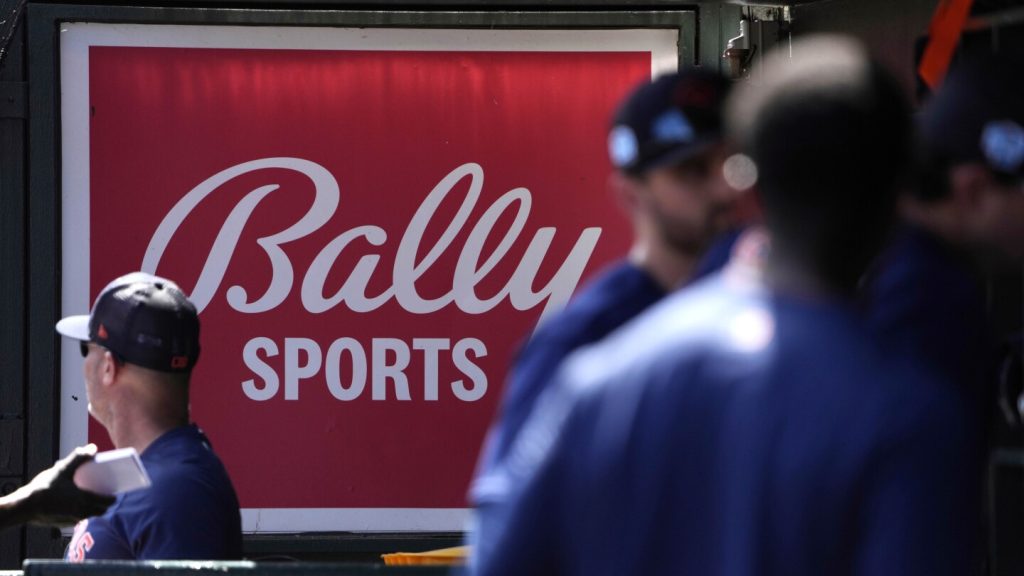The contract dispute between Comcast and Diamond Sports Group, which distributes regional sports networks under the Bally name, has led to Comcast blacking out 15 regional sports networks that offer games for a dozen Major League Baseball teams in nine states. Diamond Sports Group expressed disappointment in the blackout, blaming Comcast for refusing to engage in meaningful discussions. Comcast, on the other hand, stated that Diamond had declined several offers, including the opportunity to unilaterally renew the existing agreement for a year. As a result, Comcast no longer held rights to the sports broadcasts and had to cut them off, promising credits to affected customers.
The blackout comes at a time when Diamond is working to emerge from bankruptcy, which it declared just over a year ago due to a heavy debt load incurred in a previous financial transaction. This dispute highlights the larger issue facing sports broadcasts in the era of streaming, where pay-TV subscriptions for cable and satellite providers have sharply declined. As fewer households pay for live TV services, there is less money available to fund expensive programming like sports. Providers like Comcast are pushing for tiered subscriptions with higher price tags, while companies like Diamond resist, citing financial disruptions and potential issues for the teams they pay for access to their games.
At the moment, the Comcast blackout only affects baseball games, but if it continues, other sports could be impacted as well. Diamond currently holds pay-TV rights for 38 teams in the NBA, NHL, and MLB. The blackout affects teams such as the Atlanta Braves, Miami Marlins, Tampa Bay Rays, Detroit Tigers, and others. The standoff between Comcast and Diamond underscores the challenges of the changing landscape in sports broadcasts and the negotiations between content distributors and providers like cable companies in a shifting media environment.
As both Comcast and Diamond have issued prepared statements without commenting further, the future resolution of the dispute remains uncertain. The impact of the blackout on customers and sports fans, as well as the financial implications for both companies, will likely continue to unfold as negotiations progress. The conflict reflects broader industry trends, where the decline in traditional pay-TV subscriptions and the rise of streaming services have forced stakeholders to reassess their business models and distribution strategies in the realm of sports broadcasting.
The decision by Comcast to credit affected customers for the costs associated with the blacked-out broadcasts demonstrates an effort to mitigate the impact of the dispute on consumers. However, the standoff also raises questions about the long-term sustainability of traditional cable and satellite TV models, which are facing increasing competition from streaming platforms. As the industry continues to evolve, the outcomes of these contract disputes and negotiations will have implications for how sports content is distributed and consumed by audiences in an increasingly digital landscape. The future of regional sports networks, pay-TV subscriptions, and the broader sports broadcasting ecosystem remains uncertain as stakeholders navigate the complexities of the changing media landscape.


